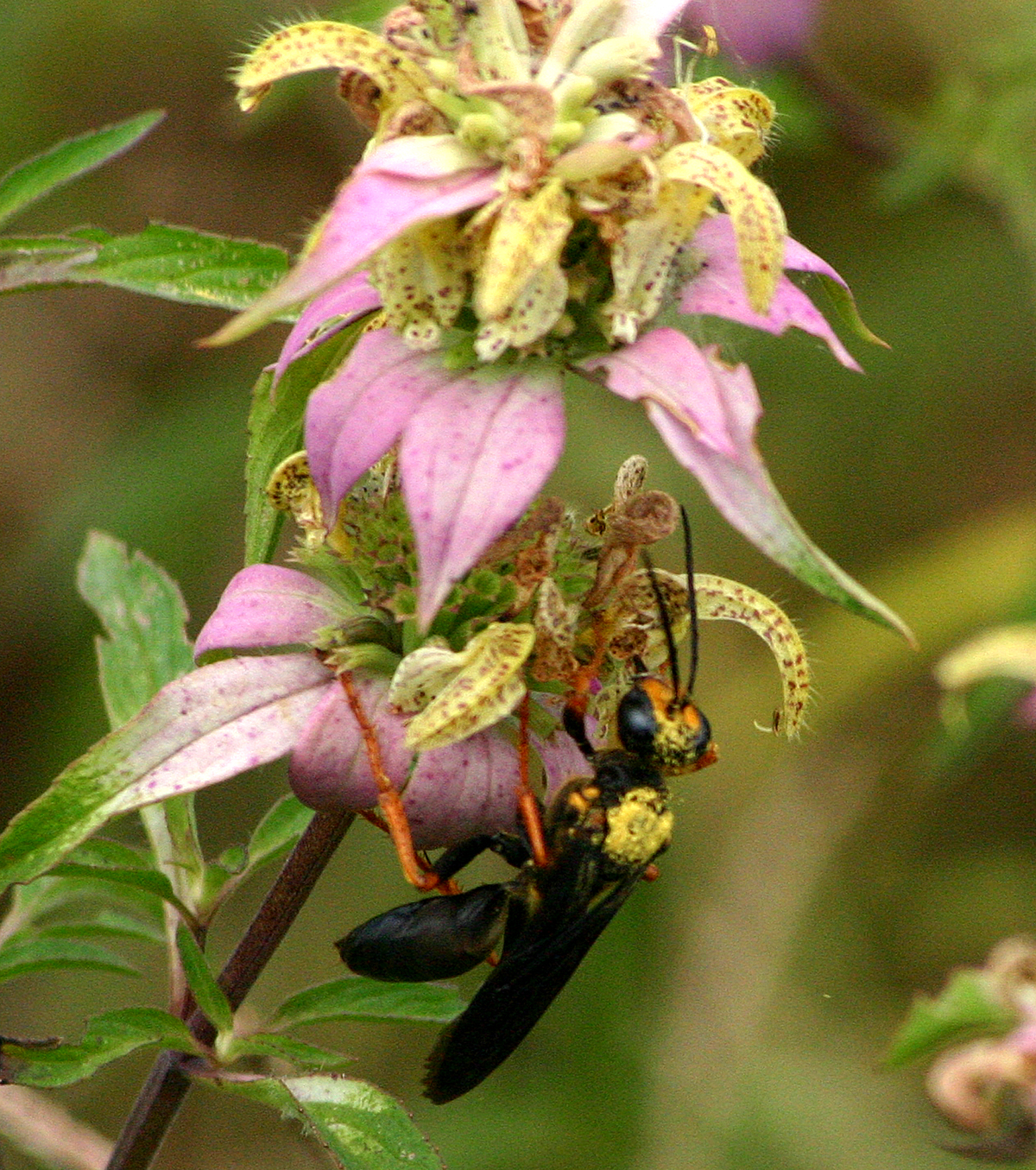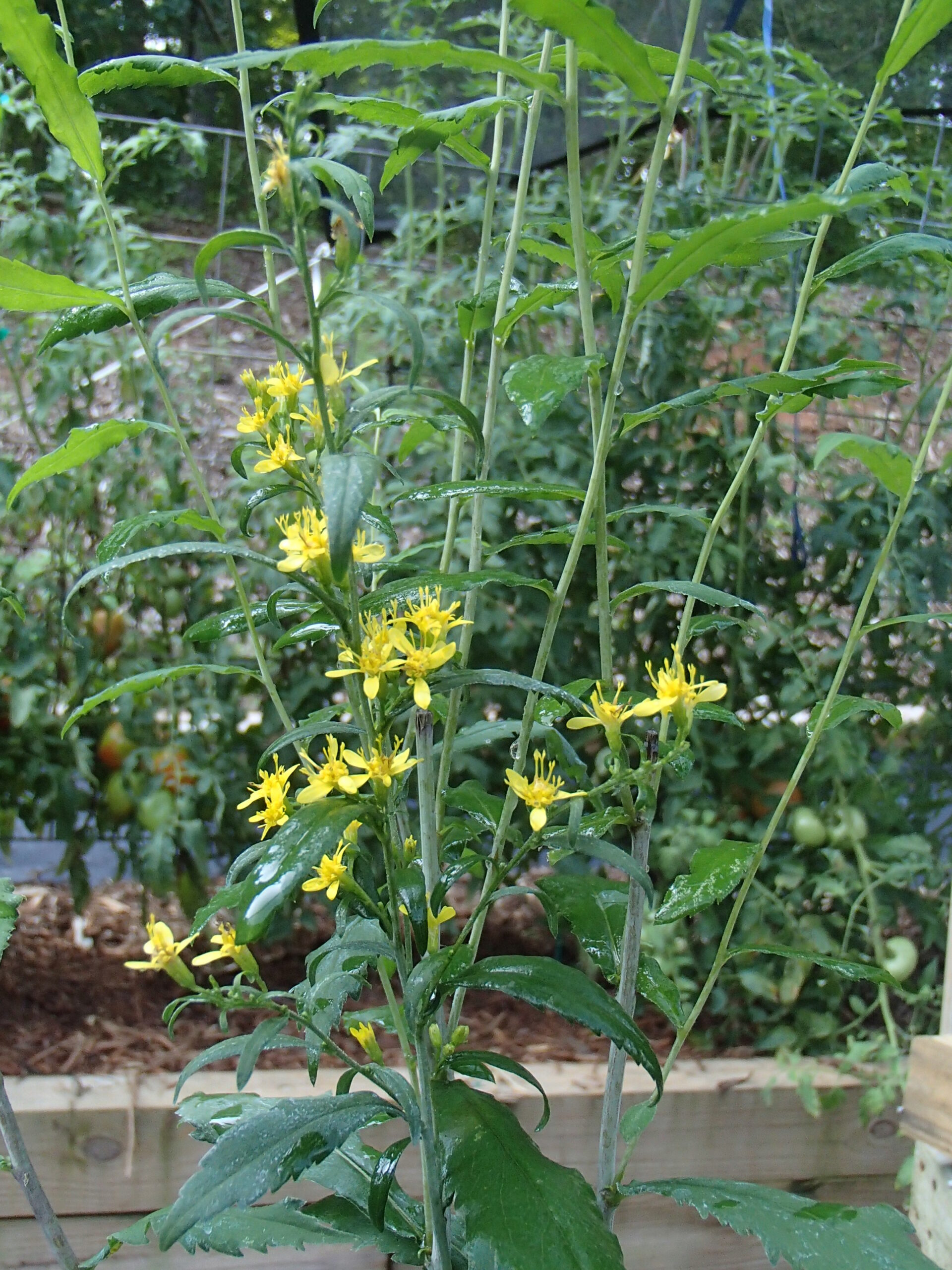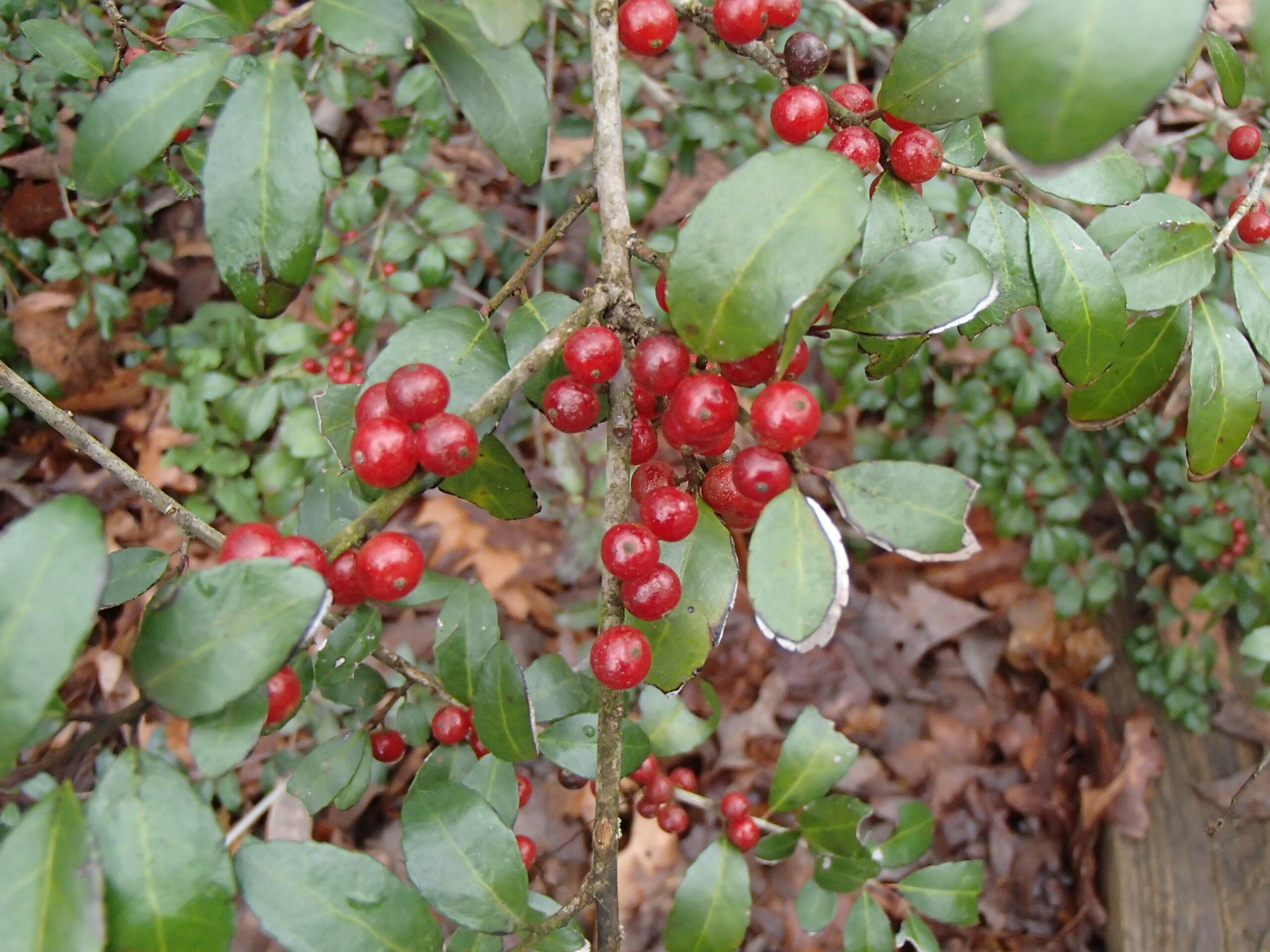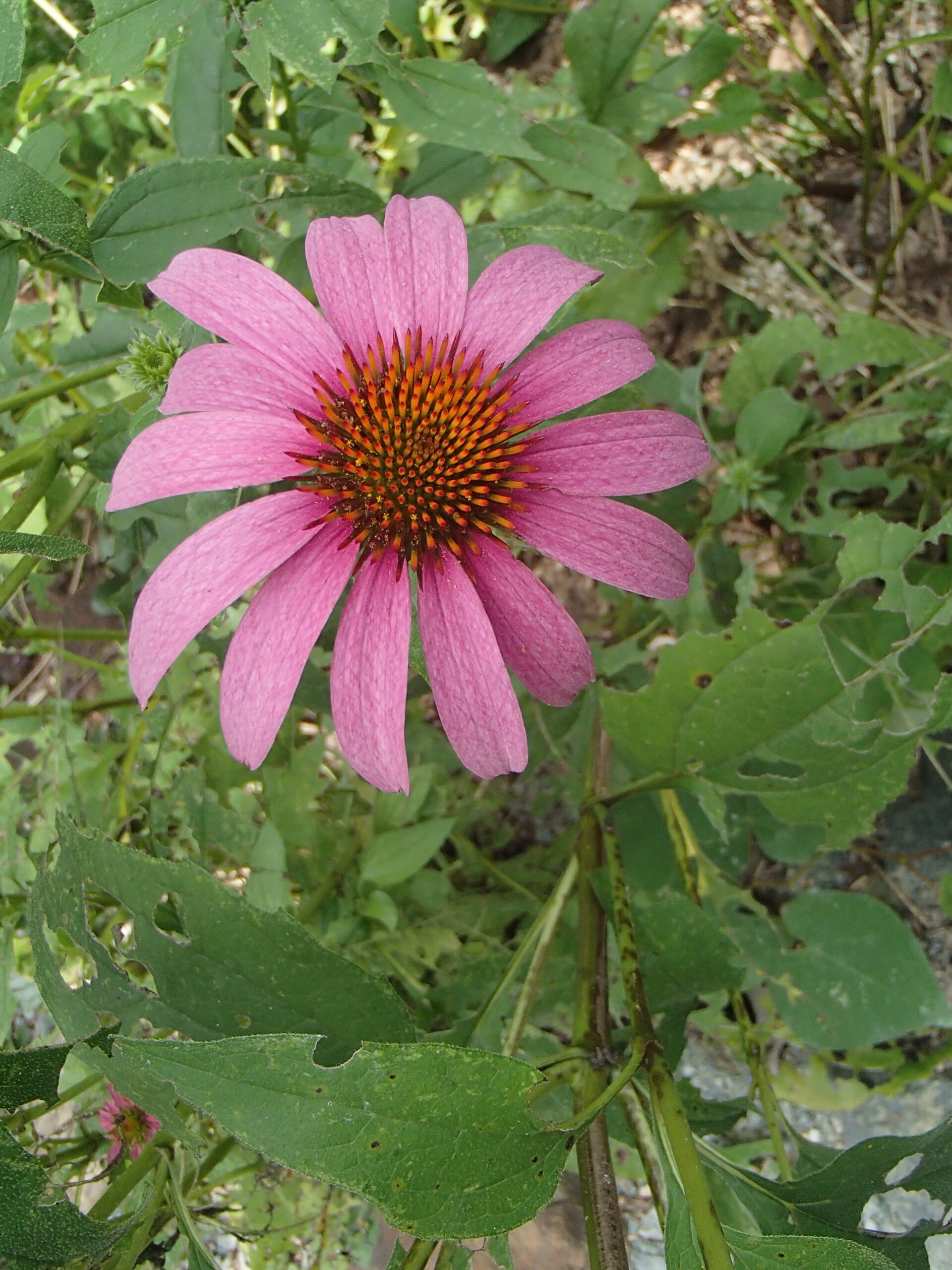NURSERY HOURS
Wednesday: 10-4 Thursday: 10-6 Friday-Saturday: 10-4 Sunday: 12-4
February 21, 2025
Oligoneuron album
When looking at White Goldenrod, one may be tempted to say it’s an Aster or Daisy, and this has also been up for debate for some time. However, the consensus now is that they are goldenrods. Although the blooms resemble asters, the foliage resembles that of other goldenrods, and the plant…
January 24, 2024
Phyla nodiflora
Frogfruit is a charming, rapid growing perennial that serves as a wonderful groundcover, lawn substitute, or is attractive trailing in hanging baskets, pots, or even over boulders. It naturally occurs in wetlands or disturbed areas with moist soil, and may also be planted next to water gardens or as a…
January 24, 2024
Symphyotrichum georgianum
Georgia Aster is a beautiful woody perennial in the Asteraceae family. It is typically found in dry woodlands, along sunny edges or disturbed areas. It is one of the brightest Aster’s, blooming from late September to November, creating a show through the Fall. The flowers appear as small white to…
January 24, 2024
Salvia azurea
Blue Sage is a clump-forming, perennial wildflower in the Lamiaceae family, typically found in prairies, roadsides, and other open areas. It has wandlike stalks and leaves that have prominent veins on the underside. The flowers are lipped and tubular and show off with a beautiful shade of blue from July…
January 24, 2024
Echinacea pallida
Pale Purple Coneflower is an herbaceous perennial in the Asteraceae family. This plant certainly makes a statement, with large pale purple daisy-like flowers that bloom in late spring to early summer. Since it handles dryer soil better, it can also handle being put in containers. Pale Purple Coneflower attracts an…
January 24, 2024
Centrosema virginianum
Spurred Butterfly Pea is a climbing herbaceous perennial in the Fabaceae family. Long blooming, purple flowers appear from April through November. Bees and butterflies love this plant, making it a great addition to a pollinator garden. With its long blooming time, it fits well in a patio garden and its…
January 24, 2024
Carex bicknellii
Prairie Sedge is an early spring blooming perennial in the Cyperaceae family. It can handle a variety of moisture conditions, but it can handle dry soil better than most other sedges. This sedge prefers full sun to part shade and is a cool season grower. It makes a great candidate…
January 24, 2024
Baptisia tinctoria
In the Fabaceae family, Yellow Wild Indigo is an upright, shrubby, herbaceous perennial. It is low maintenance and works well in native cottage gardens, butterfly gardens, meadows, and drought tolerant gardens. The small, pea shaped flowers are showy and gold/yellow, and bloom from late Spring into Summer. The black, pod-like…
January 24, 2024
Baptisia alba
White Wild Indigo is a long-lived perennial in the Fabaceae family. In late spring, white pea- like blooms appear, followed by puffy bean pods in summer through early fall. As with many legumes, this plant can handle poor soils, and dry conditions. White Wild Indigo is a host plant for…
January 24, 2024
Achillea millefolium
Yarrow is a deciduous perennial in the Asteraceae family. Enjoying full sun and a variety of moisture conditions, it is often found in meadows, prairies, and roadsides. Deer tend to avoid this plant due to its low toxicity, so keep that in mind when planting if you have pets. Yarrow…
January 24, 2024
Asplenium platyneuron
Ebony Spleenwort is an evergreen perennial fern in the Aspleniaceae family. A small fern, the alternate serrate fronds only come at about 8 inches to one foot and 8 inches tall. If you have a particularly dry and shady area, this is a fantastic plant to consider. Being one of…
January 24, 2024
Sedum ternatum
Woodland Stonecrop is the only succulent we currently offer at Rachel’s Native Plants, and it’s a special one. In spring to early summer, white flowers hover over fleshy green leaves, attracting many pollinators. Not being picky, it thrives in a variety of light conditions, as long as the soil doesn’t…
January 24, 2024
Physocarpus opufolius
Ninebark is a deciduous shrub at about five to eight feet tall. In the Rosaceae family, it has pinkish white flowers that bloom late spring to early summer. Leaves are three to five lobed and greenish yellow in the warmer months, turning golden copper in fall. Its dense multi-stemmed habit…
January 24, 2024
Rudbeckia subtomentosa
Sweet Coneflower is a herbaceous perennial in the Asteraceae family. This coneflower likes full sun to part shade, and would love to shine in a cottage garden or cut flower garden. Bright yellow petals surround brown disks in summer and fall, then birds enjoy the seeds after the flowers are…
January 24, 2024
Erigeron pulchellus
Robin’s Plantain is a biennial or short-lived perennial in the Asteraceae family. Even though it is short lived, it spreads by stolons and self-seeds. In April to June, clusters of lavender or pale pink flowers with yellow disks shine. Given its daisy-like appearance, it would do well in cottage gardens.…
January 22, 2024
Vernonia lettermannii
Ironweed is a deciduous perennial in the Asteraceae family. In summer, showy purple flowers reach above the needle-like foliage. Preferring moist, well-drained and occasionally dry soil, this plant is drought hardy. Ironweed does well in rocky soil, making it a good choice for a rock garden. If deer are a…
January 22, 2024
Symphyotrichum laeve
Smooth Blue Aster is a deciduous perennial in the Asteraceae family. In fall, lavender to blue daisy-like flowers attract butterflies and specialized bees. This plant is a host for Pearl Crescent Butterflies. Smooth Blue Aster likes full sun to part shade and can handle a variety of soil conditions, if…
January 22, 2024
Bouteloua dactyloides
Buffalo Grass is a semi-evergreen grass in the Poaceae family. Fast spreading in full sun, this grass makes a great lawn alternative. This species is only about eight inches tall and can handle mowing. It does well in clay or loam and is drought tolerant. It can stay green with…
April 10, 2022
Andropogon ternarius
Splitbeard Bluestem is an attractive grass that adds great winter texture to any garden, especially for the southern gardener. Native to open fields in the South, Splitbeard Bluestem is happiest in full sun, hot temperatures and poor soils. It can grow up to three feet tall with a spread of one…
November 13, 2021
Muhlenbergia capillaris
Pink Muhly grass is a very showy, clump-forming, warm season perennial grass that can get to two or three feet tall and just as wide, and to 4 feet or more when in flower. The stems and leaves are thin, wirelike and upright, protruding from a basal clump, sprouting up almost…
June 20, 2021
Monarda punctata
Horsemint or Spotted Beebalm is an erect, mostly unbranched, perennial wildflower, instantly recognized by its unusual “stacked” arrangement of multiple whorls of two-lipped, cream-colored, purple-speckled tubular flowers on the same stem. Each whorl is subtended by attractive and persistent pink to lavender leaf-like bracts. Leaves are narrow with a fine grayish-white…
June 18, 2021
Gelsemium sempervirens
Carolina Jessamine is a vigorous, evergreen, high-climbing woody vine native from Virginia to Florida, west to East Texas and down into Central America. It is a staple ornamental in the south because it has bright golden, fragrant flowers attractive to bees, butterflies and birds, including hummingbirds. Jassamine is a twining vine,…
April 29, 2019
Diervilla ‘Troja Black’
Mountain or Georgia Bush Honeysuckle is a selection of our native Bush Honeysuckle, a small shrub endemic to our southern Appalachians. This low, spreading shrub (3-4’h x 3-5’w) with an arching habit grows well in full sun to part shade at lower elevations like our Piedmont as well as in the…
April 29, 2019
Hydrangea quercifolia
Oakleaf Hydrangea, the quintessential flowering shrub for the native garden, is a deciduous shrub native to our southeastern states with outstanding ornamental value. Its growth form is broad, rounded, with lower stems sweeping the ground; with beautiful exfoliating bark and bold, handsomely lobed, deep green leaves, holding aloft great pyramidal, fragrant…
February 28, 2019
Yucca filamentosa
Adam’s Needle is a broadleaf evergreen, suckering shrub from the Southeastern states. Although stemless, it has a rosette of stiff, sword-shaped leaves with loose filaments attached at the leaf margins, which distinguish it from other members of the genus. While these leaves reach only 2-3 feet in height, the flower stalks…
February 28, 2019
Vaccinium darrowii ‘Rosa’s Blush’
Rosa’s Blush’ is a cultivar of a small Vaccinium species native to sandy pinelands and sand dunes in counties along the Gulf Coast as far West as Louisiana, and frost tolerant to zone 8a (some say, zone 7). There is disagreement as to whether this shrub should be grown for its…
February 28, 2019
Solidago caesia
Wreath (or Bluestem) Goldenrod could have been so named for its plant form, growing to 2-3′ in gracefully arching, mostly unbranched shoots with bright flowers positioned in the axils of leaves all along the stems. It is smaller and less aggressive than most of its cousins, and more suitable for cultivation…
February 28, 2019
Taxodium ascendens
Pond Cypress is a deciduous conifer of our Southeastern states which roughly resembles (and is considered by some to be a variety of) Taxodium distichum, or Bald Cypress (See our entry for T. distichum). There are similarities between the two, such as their amazing soil moisture adaptability from standing water to…
February 28, 2019
Taxodium distichum
Bald Cypress is a stately and long-lived deciduous conifer found throughout the swamps and riparian areas of the southeast, famous for its knobby “knees” and flared or buttressed trunks. It is important for most of us non-swamp dwellers, though, because Bald Cypress can also thrive in well drained upland soils. Since…
February 28, 2019
Vaccinium arboreum
This plant is not currently for sale. This is an archive page preserved for informational use. Sparkleberry or (Farkleberry) is an attractive, tough, underused woodland shrub usually eight to ten feet in height, though occasuinally it takes on a tree form. It is found in dry woods and open forests from…
September 17, 2018
Ilex vomitoria ‘Taylor’s Rudolph’
‘Taylor’s Rudolph’ is a cultivar of a beautiful and hardy native species of Holly that grows in coastal NC as well as other Southeastern states. Both ‘Taylor’s Rudolph’ and the species are evergreen; both are very adaptable, thriving in a range of cultural conditions from moist to dry, in full sun…
September 17, 2018
Ilex vomitoria
The Yaupon Holly is a distinctive evergreen native holly found in coastal counties in NC and other Southeastern states over to Texas. It tolerates a whole range of moisture regimes (wet to dry), soil types and pH, sunlight conditions (full sun to shade, but more sun makes more berries), and is…
September 17, 2018
Ilex vomitoria ‘Schilling’s Dwarf’
This cultivar of Yaupon Holly, fully embraced by the nursery trade like few other native plants, is very popular as a foundation plant around homes and office buildings and it functions admirably in this role.’Schiling’s Dwarf’ is included in our inventory specifically for those who want a formal hedge, but with…
September 17, 2018
Diervilla sessilifolia
This plant is not currently for sale. This is an archive page preserved for informational use. Southern Bush Honeysuckle is a low-growing (3′-5′) deciduous shrub native to the Southern Appalachians and Great Smokey Mountains. Its arching stems are square in outline, its leaves opposite, lustrous, medium green, and lance-shaped, with serrated…
September 17, 2018
Echinacea purpurea
Purple Coneflower is found naturally in meadows and roadsides throughout the Central U.S. The few western counties of NC where Purple Coneflower is reported to occur consitute the easternmost edge of its natural range at our latitude. However, this plant must be the all-time favorite native wildflower for sunny pollinator gardens…
September 17, 2018
Aronia arbutifolia
Red Chokeberry is a charming, multi-stemmed, deciduous woody shrub native to Atlantic and Southeastern states. It is found in swamps and wet places, and is therefore very useful for wet areas, but is happy in upland gardens as well and established plants even tolerate drought. This shrub is hard to beat…
September 17, 2018
Asclepias tuberosa
Butterfly Weed, famous for its relationship to the endangered and beloved Monarch butterfly, nevertheless deserves a place in a perennial garden purely on aesthetic merits. It is a sun-loving, 1-2-ft, mound-shaped plant with dark green foliage and contrasting, bright orange, long-lasting flower clusters. These, in time, produce lovely pods of silky-threaded…
September 17, 2018
Baptisia albescens
This plant is not currently for sale. This is an archive page preserved for informational use. Baptisia albescens is a bushy, leguminous herbaceous perennial with foliage about two feet high supporting much taller spikes of white, pea-like flowers, hence the common name of “Spiked Wild Indigo”. Wider than it is…
September 17, 2018
Baptisia australis
Wild Blue Indigo is a tall (three to four feet), sturdy, sun-loving, shrub-sized perennial with upright racemes of pea-like flowers ranging from bright blue to deep indigo held above the foliage. Being a legume, it can fix nitrogen and therefore tolerates poor soils gracefully. It blooms in May and June. The…
About the author

Proin volutpat vitae libero at tincidunt. Maecenas sapien lectus, vehicula vel euismod sed
Categories
Popular Posts
Instagram
Follow us



























